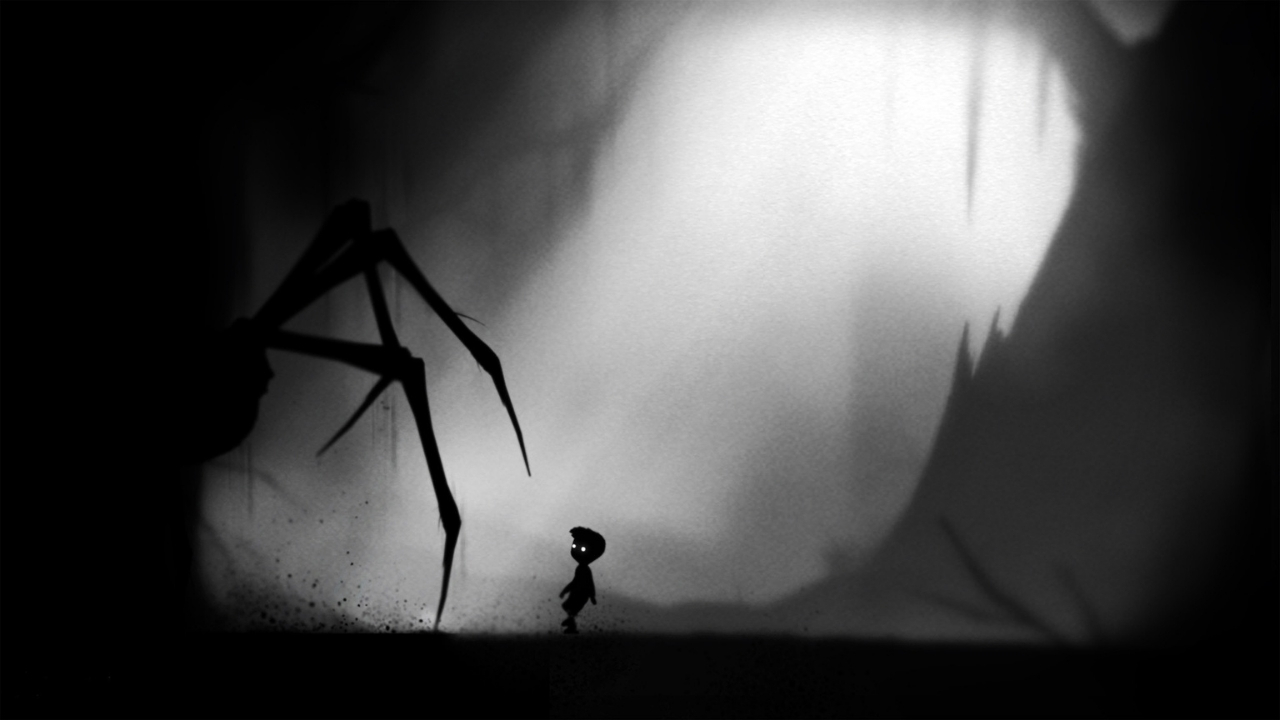
Limbo, a puzzle-platformer game developed by Playdead, has captivated gamers since its release in 2010. With its eerie black-and-white visuals and haunting atmosphere, it stands out in the gaming world. But what makes Limbo so special? Is it the unique art style, the challenging puzzles, or the mysterious storyline? Maybe it's a mix of all three. This game has earned critical acclaim and a dedicated fanbase. Whether you're a seasoned player or new to the game, these 26 facts about Limbo will deepen your appreciation for this indie gem. Ready to dive into the shadows? Let's get started!
Limbo: A Dark and Mysterious World
Limbo, developed by Playdead, is a puzzle-platformer that has captivated gamers with its eerie atmosphere and challenging puzzles. Here are some fascinating facts about this unique game.
-
Limbo was released on July 21, 2010. Initially available on Xbox Live Arcade, it later expanded to other platforms like PlayStation, PC, and mobile.
-
The game was developed by Danish studio Playdead. This indie studio was founded by Arnt Jensen and Dino Patti.
-
Limbo's art style is monochromatic. The game uses shades of black, white, and gray to create a haunting, dream-like environment.
-
The protagonist is a nameless boy. Players control this boy as he navigates through a dangerous world in search of his sister.
-
Limbo has no dialogue or text. The story is told entirely through visuals and gameplay, leaving much to the player's interpretation.
Gameplay Mechanics and Challenges
Limbo's gameplay is both simple and complex, requiring players to think critically and react quickly.
-
The game is known for its physics-based puzzles. Players must manipulate objects and use the environment to progress.
-
Limbo features numerous deadly traps. These include bear traps, giant spiders, and other hazards that can kill the protagonist instantly.
-
The game has a trial-and-error approach. Players often need to die multiple times to figure out how to overcome obstacles.
-
Limbo's controls are minimalistic. The protagonist can only move left, right, jump, and interact with objects.
-
The game has a unique death animation. When the boy dies, the screen fades to black and white, adding to the game's eerie atmosphere.
Critical Acclaim and Awards
Limbo has received widespread acclaim for its innovative design and haunting atmosphere.
-
Limbo won several awards. These include the Independent Games Festival's Excellence in Visual Art and Technical Excellence awards.
-
The game was praised for its atmosphere. Critics and players alike have lauded its dark, immersive world.
-
Limbo has a high Metacritic score. It holds an impressive score of 90/100, indicating universal acclaim.
-
The game was nominated for a BAFTA. It received a nomination for Best Game at the British Academy Games Awards.
-
Limbo influenced other indie games. Its success paved the way for other atmospheric puzzle-platformers like Inside and Little Nightmares.
Hidden Secrets and Easter Eggs
Limbo is filled with hidden secrets and Easter eggs that add depth to the game.
-
There are hidden eggs throughout the game. Collecting all of them unlocks an alternate ending.
-
The alternate ending is a secret level. This level is even more challenging and cryptic than the main game.
-
Limbo has a hidden message. In the secret level, players can find a message that reads, "The end is not the end."
-
The game has a hidden achievement. Called "No Point in Dying," it challenges players to complete the game with five or fewer deaths.
-
Limbo's title has a double meaning. It refers to both the game's setting and the protagonist's uncertain fate.
Development and Inspiration
The creation of Limbo was a labor of love, inspired by various sources and personal experiences.
-
Arnt Jensen conceived the idea. He was inspired by his childhood fears and nightmares.
-
The game took six years to develop. Playdead spent a significant amount of time perfecting the game's mechanics and atmosphere.
-
Limbo's sound design is minimalistic. The game uses ambient sounds and subtle music to enhance the eerie atmosphere.
-
The game's art style was influenced by film noir. The use of shadows and contrast creates a visually striking experience.
-
Limbo was self-funded. Playdead used their own resources to develop the game, allowing for complete creative control.
-
The game's success led to a spiritual successor. Playdead's next game, Inside, shares many similarities with Limbo but expands on its concepts and mechanics.
Final Thoughts on Limbo
Limbo's unique charm lies in its simplicity and depth. The monochromatic visuals and eerie atmosphere create an unforgettable experience. The puzzles, though challenging, are rewarding and keep players engaged. The game's story, open to interpretation, adds a layer of mystery that keeps fans talking long after the credits roll.
Limbo isn't just a game; it's an art piece that pushes the boundaries of what video games can achieve. Its influence is seen in many indie games that followed. If you haven't played Limbo yet, you're missing out on a masterpiece that combines art, storytelling, and gameplay in a way few games do.
Whether you're a seasoned gamer or new to the scene, Limbo offers something special. Dive into its world, and you'll understand why it remains a beloved classic.
Was this page helpful?
Our commitment to delivering trustworthy and engaging content is at the heart of what we do. Each fact on our site is contributed by real users like you, bringing a wealth of diverse insights and information. To ensure the highest standards of accuracy and reliability, our dedicated editors meticulously review each submission. This process guarantees that the facts we share are not only fascinating but also credible. Trust in our commitment to quality and authenticity as you explore and learn with us.
